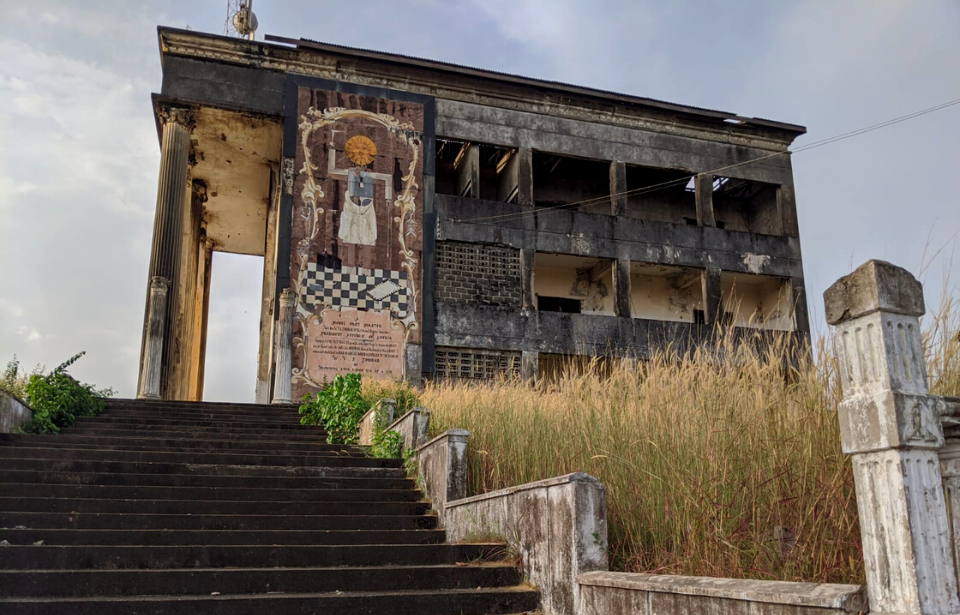Over two centuries ago, a handful of the nation’s most powerful men gathered at the Davis Hotel in Washington, D.C. to plot a new chapter in their egregious treatment of enslaved people. Thanks to President James Madison and President-elect James Monroe, the American Colonization Society was born.
What those men had yet to discover was the unstoppable course they had set in motion that would yield power, progress, and ultimately topple a regime located across the globe. All that remains of Harper, Liberia are the ruins of grand estates that echo back to a time before war and revolt raged on.
An answer to the ‘slavery question’
In the early 19th century, the abolitionist movement was gaining momentum and the topic of slavery was one of the biggest political debates. Formed in 1816, the American Colonization Society (ACS) was one organization that proposed a unique solution to the “slavery question”: what would happen to African Americans once slavery was abolished?
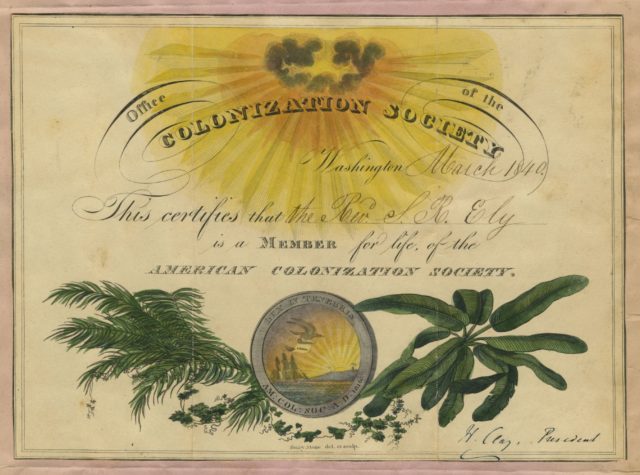
The ACS believed that emancipated slaves would have a better chance at freedom if they were “returned” to Africa – though by this point many slaves were born in the United States or other colonies in the Caribbean. The ACS consisted of Quakers and slaveholders who believed repatriation could avoid slave rebellions like the Haitian slave revolution that concluded in 1804. The ACS also thought that the prolonged presence of freed slaves in America could threaten the stability of the system of slavery established throughout the country.
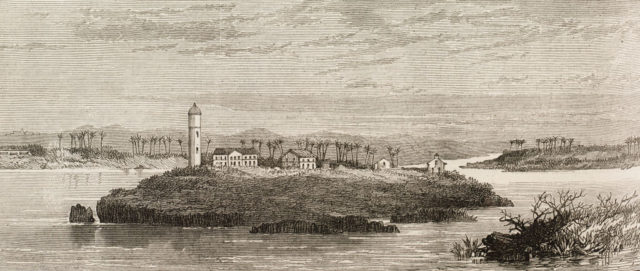
Major leaders in the abolitionist movement eventually supported the ACS’s “repatriation” ideology, including Abraham Lincoln and James Monroe. In reality, according to the African American Intellectual History Society, the colonization idea allowed slaveholding Americans to “celebrate their antislavery sentiments while promoting a future in which racial equality required separation.”
Maryland in Africa
By 1822, the ACS began sending freed slaves to an area in West Africa dubbed the Pepper Coast. Here, they would establish a colony in modern-day Liberia but at a tremendous cost. Tropical diseases claimed countless lives – of the 4,571 people who arrived in Liberia between 1820 and 1843, only 1,819 survived.
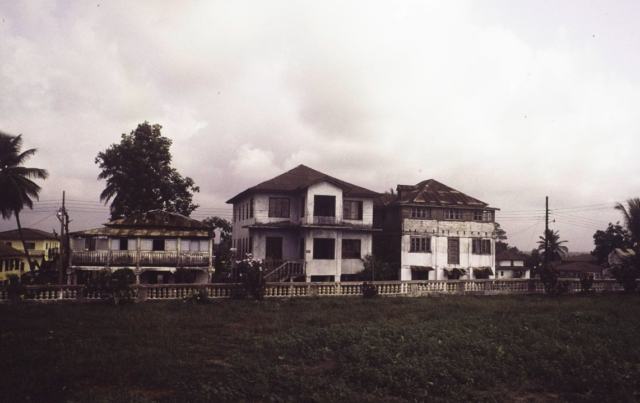
The majority of settlers were slaves from Maryland. In 1834 the new colony was named the Republic of Maryland, and was later renamed Maryland-in-Africa. By 1867, the ACS had transported over 12,000 people to Maryland-in-Africa which was starting to take on its own identity and customs. Residents intermarried within the community and identified as Americo-Liberians. Many were educated in America and brought their political and religious beliefs with them.
On May 29, 1854, the Republic of Maryland issued a declaration of independence, calling their independent state Maryland in Liberia. The capital of Maryland in Liberia was Harper, after Robert Goodloe Harper who was a leading member of the ACS.
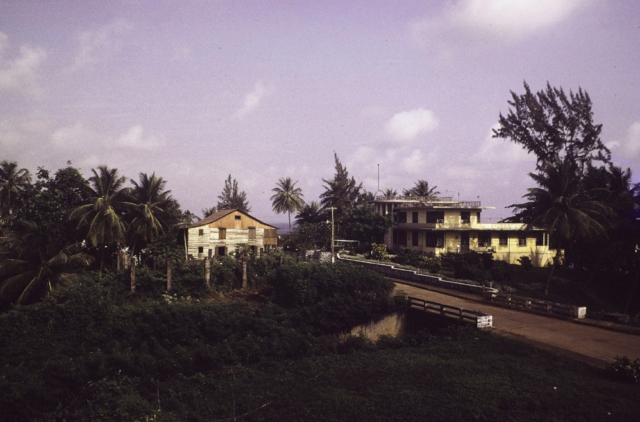
Just three years after it was declared an independent state, local Indigenous tribes launched several attacks against Maryland. Unable to defend itself, Maryland appealed to the Liberian government and after a referendum it was formally annexed by Liberia in 1857, becoming Maryland County.
The cost of independence
The American Colonization Society also established other colonies of freed slaves throughout Liberia including Mississippi in Africa and Kentucky in Africa. In 1838, these settlements were united under the Commonwealth of Liberia, which officially declared its independence from the ACS in 1847. The only former ACS colony to maintain its independence was Maryland in Africa, the most prosperous of all the settlements.
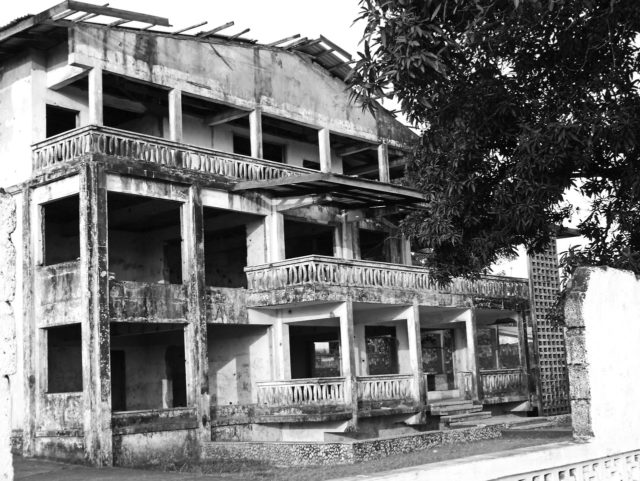
The capital city of Harper gives visitors a glimpse of what life was like at the peak of the Maryland settlement. The residents of Maryland in Africa refused to assimilate into the pre-existing Indigenous Liberian culture, bringing their American traditions with them. They continued to practice Protestant Christianity, and many of the buildings were inspired by the design of the plantations of the antebellum South and the iconic homes of the French Quarter in New Orleans.
Several fixtures of southern society in the 19th century also made their way to Harper, the most prominent of these being Freemasonry which is still widely practiced in Liberia today.
The decline of Maryland in Africa
Maryland’s most famous resident helped the Harper community to prosper once again but eventually led to its downfall. In 1895, the “Father of Modern Liberia” William Tubman was born in Harper, Maryland County. Tubman was the country’s longest-serving president and was a beloved leader who helped to modernize Liberia’s infrastructure and economy.
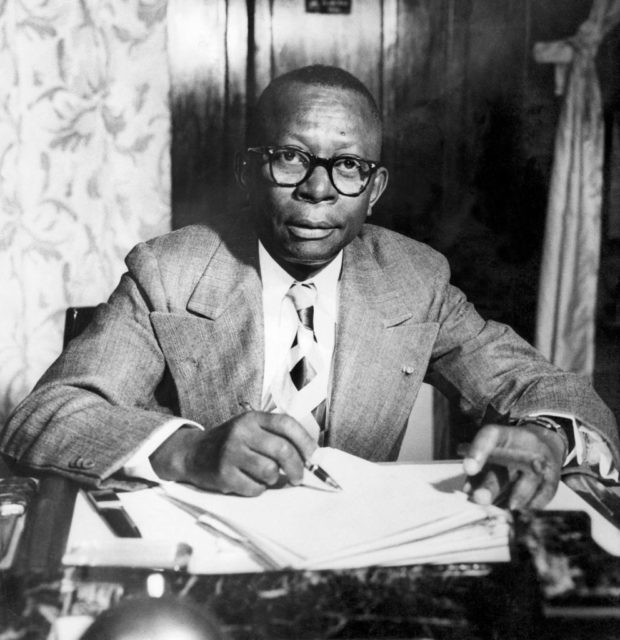
Tubman was especially fond of his hometown and helped it to prosper during his rule, making it a hub for government officials. Liberia’s most elite Americo-Liberians continued the tradition of building grand plantation-style mansions and monuments throughout Harper while the Indigenous communities in the surrounding areas were continually neglected and mistreated.
Tensions were already extremely volatile between the Americo-Liberians and Indigenous peoples who were historically terrorized and even enslaved by the Maryland settlers who had once been enslaved themselves. Eventually, the animosity between the two communities spawned the first of two civil wars that turned Liberia upside down.
The mansions in Harper, including Tubman’s, were destroyed during the wars and many remain in ruins today. Liberia is rapidly evolving toward peace and prosperity thanks to the country’s first female, Indigenous president Ellen Johnson Sirleaf. Sirleaf, who served as president from 2006 to 2018, was awarded the Nobel Peace Prize in 2011 for her non-violent activism and fight for women’s rights in her country.
More from us: Fordlândia: Henry Ford’s Failed Industrial Community in the Amazon
Today, Tubman’s mansion lies abandoned alongside countless other buildings in Harper that serve as a reminder of the tumultuous history of Liberia.
